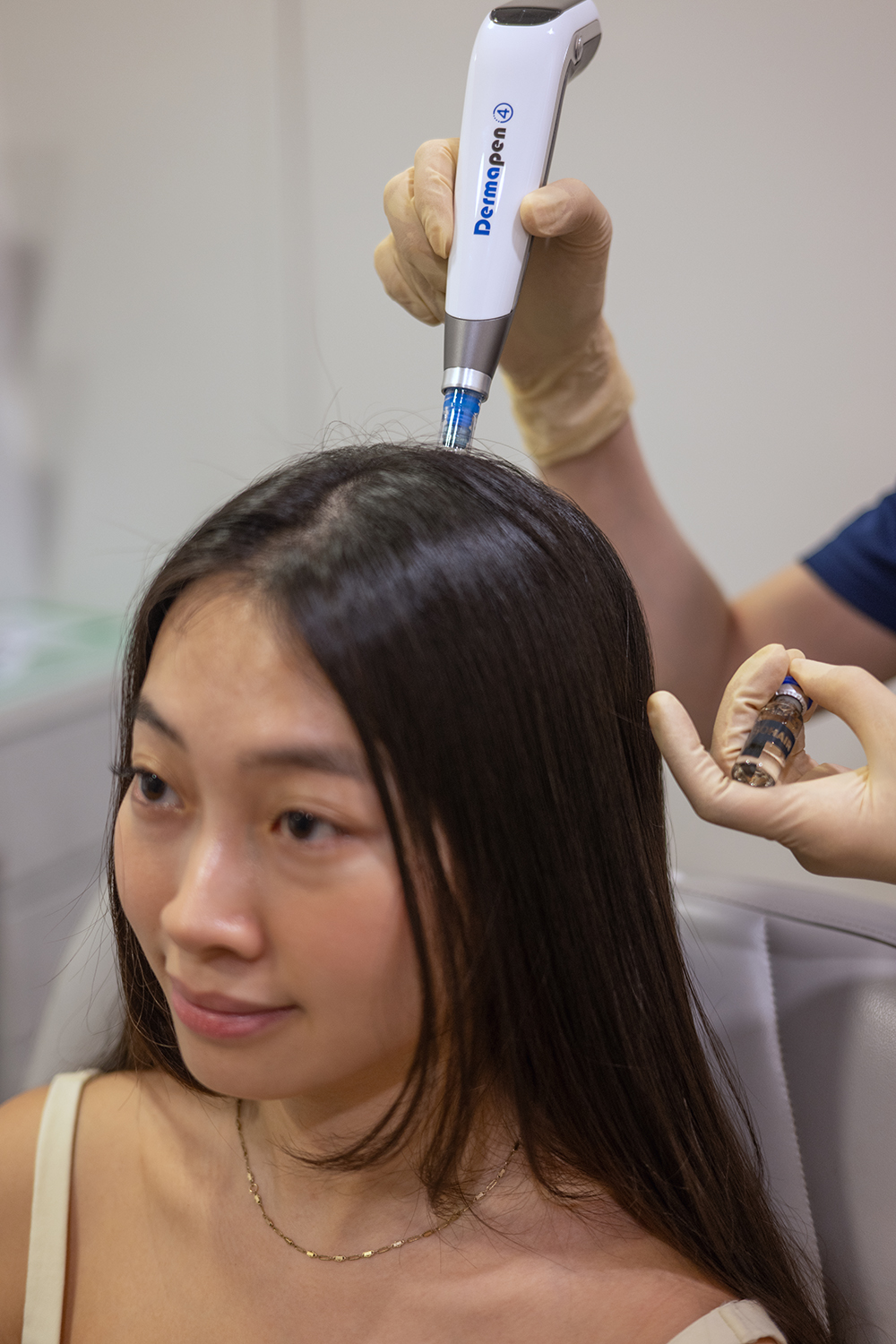
How microneedling works:
Microneedling works by creating deliberate, small injuries on the scalp to stimulate healing and growth. These small injuries stimulate the body’s innate healing process, leading to collagen production and growth factor release. By using these techniques on the scalp, it is possible to revitalize hair follicles and maybe even reverse hair loss or thinning.
Collagen production: Microneedling stimulates collagen production and enhances hair follicle structure by creating small injuries.
Enhanced blood circulation: Microneedling boosts scalp blood flow and oxygenation, vital for promoting healthy hair growth.
Stem cell activation: Microneedling triggers the activation of stem cells on the scalp, leading to potential hair growth and the prevention of hair thinning.
Enhancement of topical treatment absorption: Microneedling boosts the absorption of hair vitamins and antioxidants, increasing the effectiveness of these treatments.
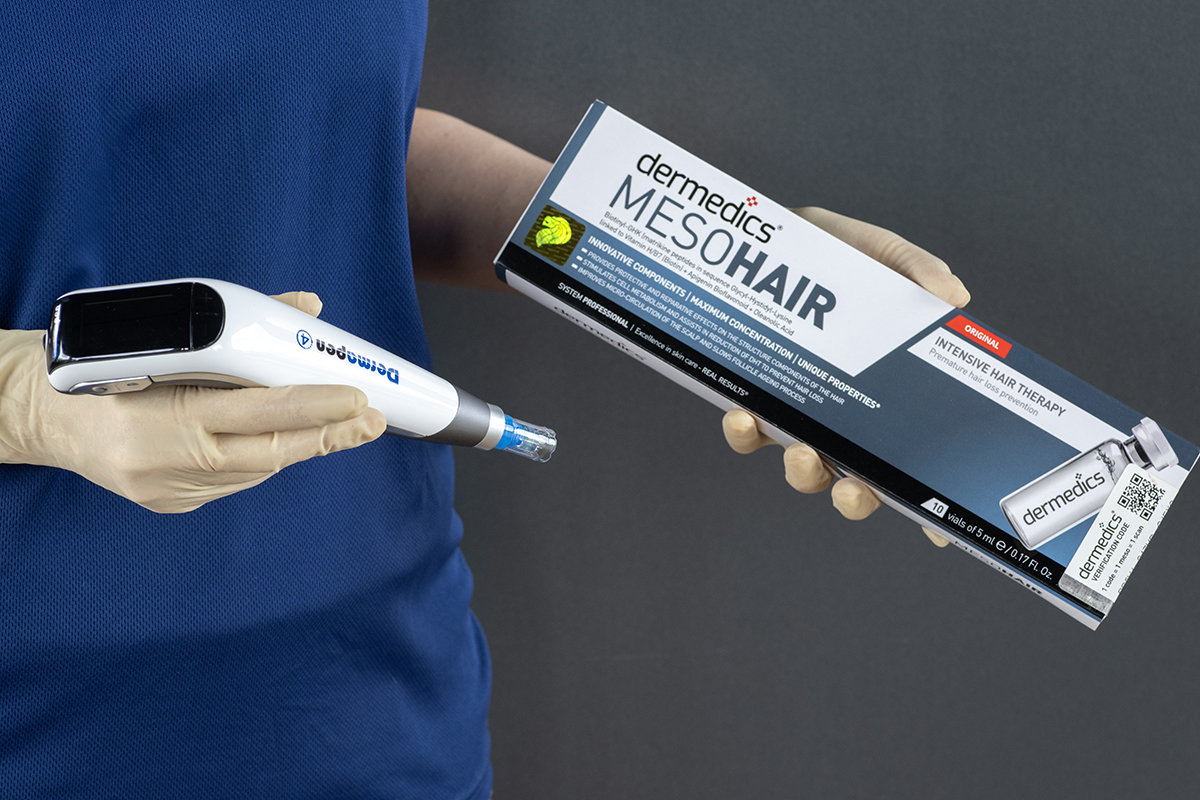
A comprehensive guide to microneedling for hair loss
Microneedling, a procedure originally developed for improving skin texture and reducing scars, has recently gained popularity as a treatment for hair loss. This technique involves the use of micro needles to create micro-injuries on the scalp and also delivers anti-hairloss vitamins and antioxidants, stimulating hair follicles and encouraging hair growth. Here, we delve into the science, benefits, and considerations of microneedling for hair loss.
Microneedling steps:
Microneedling can be done in a clinical setting, by a trichologist, or at home with a dermaroller or microneedling pen. Here is a detailed description of the process in consecutive order:
Step 1: Preparation involves thoroughly cleaning the scalp to eliminate dirt and oils. In a medical environment, a topical anesthetic could be used to reduce pain.
Step 2: A professional microneedling serum is administered through the use of a microneedling pen. Needle depth usually varies between 0.2 mm and 1.5 mm, based on the extent of hair loss and the specific location receiving treatment.
Step 3: After microneedling, the scalp may have a red appearance and feel sensitive, requiring post-treatment care. It’s crucial to stay out of direct sunlight and avoid using harsh hair products for a couple of days. Your medical professional will suggest using calming serums, antiseptics, and topical medications to help speed up the healing process.
Benefits of Microneedling for Hair Loss
Non-surgical: Microneedling is less invasive than hair transplants, resulting in fewer complications.
Economical: Microneedling tends to be less expensive than other methods of hair restoration.
Versatility: This treatment offers flexibility in being able to be paired with other treatments for hair loss, like microneedling serums and low-level laser therapy (LLLT), to enhance results.
Organic outcomes: Hair regrowth with microneedling tends to occur gradually, leading to a more natural look in contrast to sudden changes from surgery.
Potential side effects and considerations when performing microneedling at home:
Although microneedling is generally safe for the majority of individuals, it is important to remember a few specific factors.
Skin sensitivity :Redness, swelling, or irritation may occur in some people after the procedure. Usually, these effects only last for a brief period of time.
Risk of infection: It is crucial to properly sterilize the microneedling device and to use a new needle every needling session to prevent infections. If done at home, it is recommended to either adhere to strict hygiene protocols or seek treatment from a qualified professional.
Not recommended for everyone: Individuals with specific skin diseases or poor wound healing conditions should seek advice from a dermatologist prior to receiving microneedling.
Consistently: It is common to need several sessions in order to observe significant improvements. Having patience and being consistent are essential for reaching the best results.
Conclusion
Microneedling is backed by countless positive clinical trials and outcomes. People seeking hair loss treatments are drawn to its ability to regrow naturally. However, it is important to maintain realistic expectations and possess an understanding of both the potential benefits and drawbacks of microneedling. A consultation with a professional can determine the suitability of microneedling for your hair regrowth journey.
Shop FACIALSINGAPORE
-
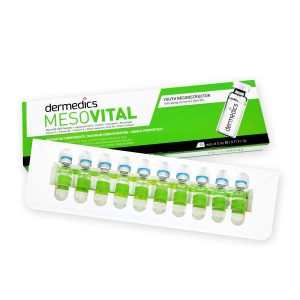 Dermedics Meso Vital Treatment SerumProduct on sale$99.00 – $280.00
Dermedics Meso Vital Treatment SerumProduct on sale$99.00 – $280.00 -
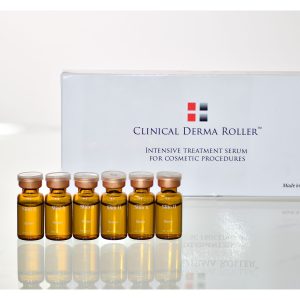 CDR Slim 2 Fat Expel Serum$79.00
CDR Slim 2 Fat Expel Serum$79.00 -
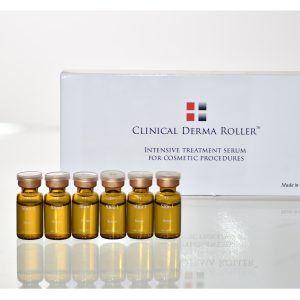 CDR Slim 1 Fat Burner Serum$79.00
CDR Slim 1 Fat Burner Serum$79.00 -
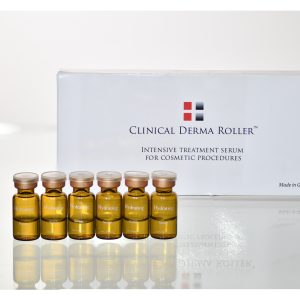 CDR PDRN + Stem Cell Serum$79.00
CDR PDRN + Stem Cell Serum$79.00 -
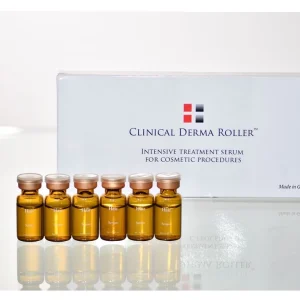 CDR Hair Serum$79.00
CDR Hair Serum$79.00 -
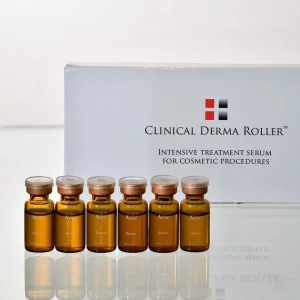 CDR Acne Serum$79.00
CDR Acne Serum$79.00 -
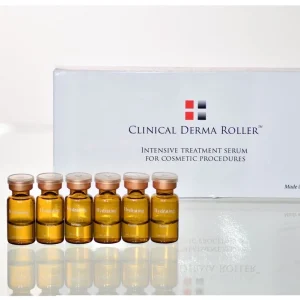 CDR Hydrating Serum$79.00
CDR Hydrating Serum$79.00 -
 Dermedics Meso Mama S+Product on sale$99.00 – $280.00
Dermedics Meso Mama S+Product on sale$99.00 – $280.00 -
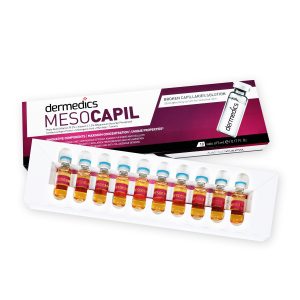 Dermedics Meso Capil Treatment SerumProduct on sale$99.00 – $280.00
Dermedics Meso Capil Treatment SerumProduct on sale$99.00 – $280.00
Facialsingapore.sg
Average rating: 0 reviews